Exploring the Best Vibe Coding Tools: Our Insights

April 30
At the forefront of AI-driven development is "vibe coding," a technique where developers use natural language prompts to guide Large Language Models (LLMs) in generating software. This shifts the focus from manual coding to refining AI output. Through our exploration and analysis, we sought to understand the real-world experiences with these emerging tools.
What is Vibe Coding?
Vibe coding allows users, even those with limited programming backgrounds, to create software by describing their needs in plain English. The LLM handles the code generation, letting creators focus on the idea rather than intricate implementation details. This concept, highlighted by figures like Andrej Karpathy, suggests English itself is becoming a powerful programming language.
However, it's distinct from traditional AI assistance where developers meticulously review every line. Vibe coding often involves accepting generated code without fully grasping its mechanics. This raises potential concerns about quality, security, and maintenance, especially for complex projects.
Prominent Vibe Coding Tools: A Closer Look
Our analysis highlighted several popular tools. Here’s a breakdown based on user feedback:
Cursor

An AI-powered code editor built on VS Code.
-
What we liked:
- Easy to use with natural language interaction.
- Facilitates rapid prototyping and speeds up code generation.
- Seamless integration with VS Code.
- Helpful for individuals with limited or no coding knowledge.
- Assists in debugging by providing suggestions.
- Chat and agent modes are useful for complex tasks.
-
What we didn’t like:
- Debugging can still be challenging, particularly without a strong technical background.
- The AI may sometimes contradict itself or guess when resolving errors.
- Potential for unreliable code if prompts are unclear or output isn't evaluated properly.
- Instances of modifying unrelated parts of the codebase reported.
Windsurf (formerly Codeium)

An AI-powered code editor focused on code acceleration and intelligent suggestions.
-
What we liked:
- Strong code completion/autocomplete capabilities sometimes described as "reading minds".
- Good context management, potentially better than Cursor for understanding larger repos according to some users.
- Often praised for UI/UX feeling intuitive or smoother than alternatives like Cursor.
- Offers a free tier with potentially unlimited completions (though features/models vary).
-
What we didn’t like:
- Some users report instability, buggy behaviour (e.g., applying edits incorrectly, UI freezing), or the AI stopping work suddenly.
- Some feel the quality dropped after the free trial or on paid tiers, potentially due to different model parameters.
- Context awareness, while sometimes praised, can still struggle with large codebases or refactoring things out of scope.
GitHub Copilot
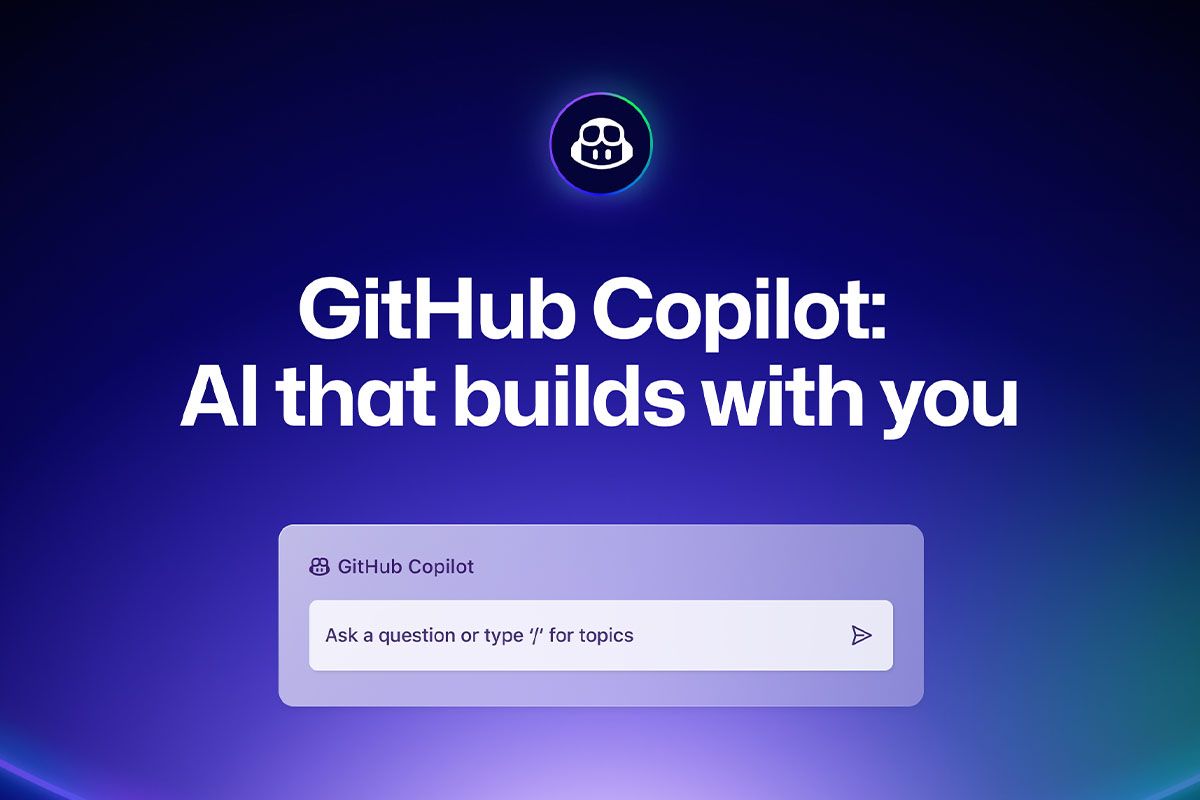
An AI pair programmer offering code suggestions within IDEs.
-
What we liked:
- Excellent code completion and suggestion capabilities.
- Significantly accelerates coding workflow, especially for repetitive tasks.
- Helpful for learning new libraries and frameworks.
- Adapts to individual coding styles over time.
- Seamless integration with VS Code.
-
What we didn’t like:
- May suggest incorrect or overly complex code, especially with vague prompts.
- Potential to encourage accepting code without full understanding.
- Concerns raised about the quality of generated code.
Lovable
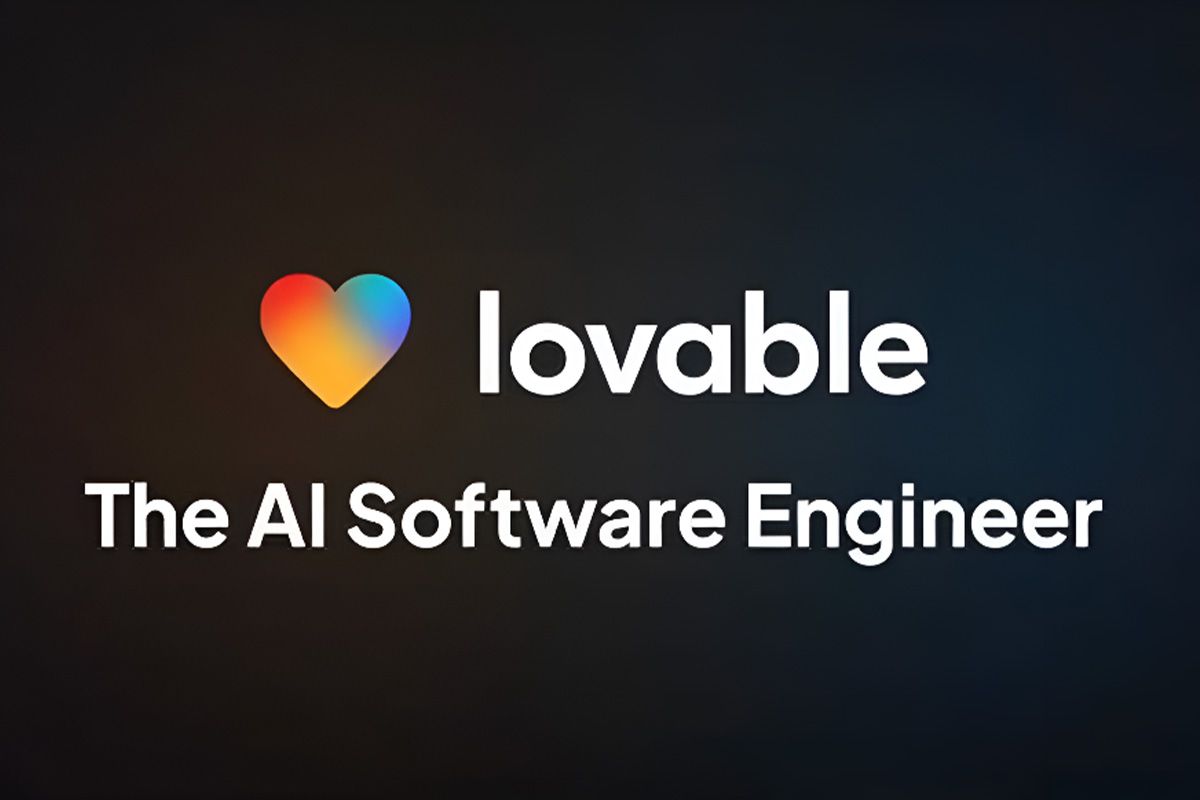
A platform focused on turning ideas into applications using plain English.
-
What we liked:
- Enables building full-stack applications using natural language.
- Praised for speed and efficiency in prototyping.
- Accessible to individuals without traditional coding skills.
- Integrates well with services like Supabase and Stripe.
-
What we didn’t like:
- Debugging applications can be challenging for non-technical users.
- AI might provide contradictory suggestions when errors occur.
- May work best with structured prompting and testing, requiring a more technical approach.
Bolt.new (by StackBlitz)
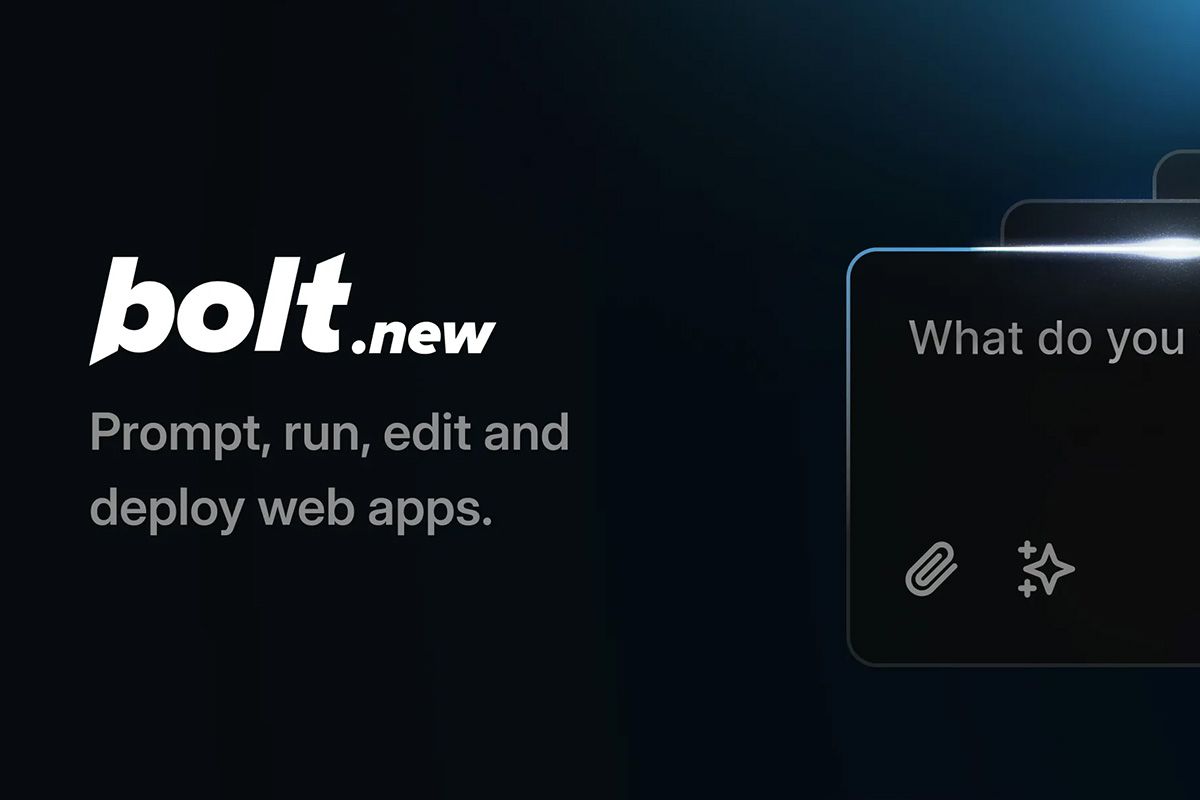
An AI agent for prompting, running, editing, and deploying full-stack web apps in the browser.
-
What we liked:
- Allows full-stack app development (prompt, run, edit, deploy) in the browser.
- Eliminates the need for local setup.
- Highly convenient for rapid prototyping and testing.
- Accessible and efficient for quick visualization.
-
What we didn’t like:
- Complexity Limitations: Generating and debugging complex applications can be challenging, potentially requiring significant manual effort and potentially costly token usage.
- Prompting Requirements: Precise and detailed prompts are necessary to achieve the desired results, and even with accurate prompts, unexpected behavior or errors may occur.
- Project Dependency Requirement: The platform's design may impose unnecessary pressure on developers to adhere to the project's specific requirements.
Cody (by Sourcegraph)
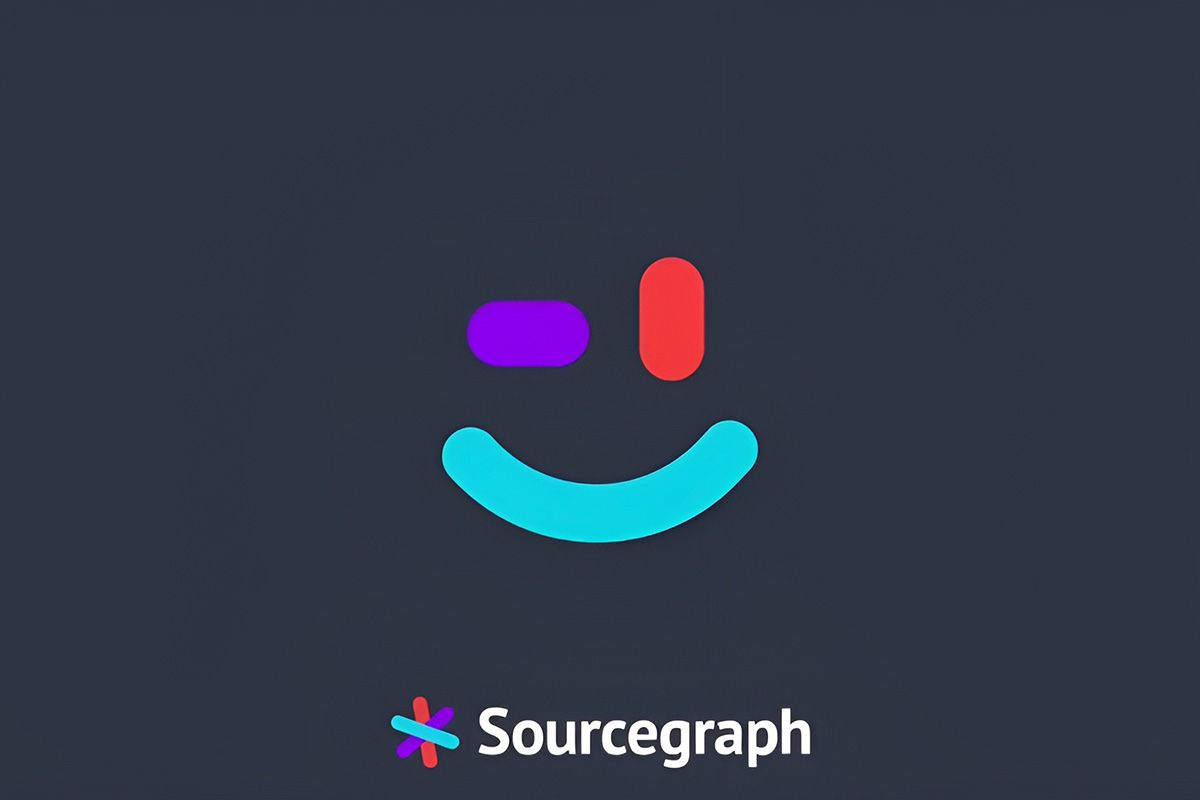
An AI coding assistant understanding the entire codebase for context-aware help.
-
What we liked:
- Provides contextually aware suggestions based on the entire codebase.
- Helpful for refactoring and understanding complex code.
- Integrates with major IDEs (VS Code, Visual Studio, Eclipse, JetBrains).
- Reported to be fast and accurate, potentially saving developers time.
-
What we didn’t like:
- Inconsistent Coding Style: Some users have reported that Cody might not consistently maintain a coding style within a single chat session.
- Large Project Challenges: While Cody can handle large codebases, it might struggle with extremely large or complex projects that exceed its current capabilities.
- Context Awareness Limitations: While Cody excels at understanding the codebase, it might still need further development to perfectly grasp the nuances of every project.
Replit Agent
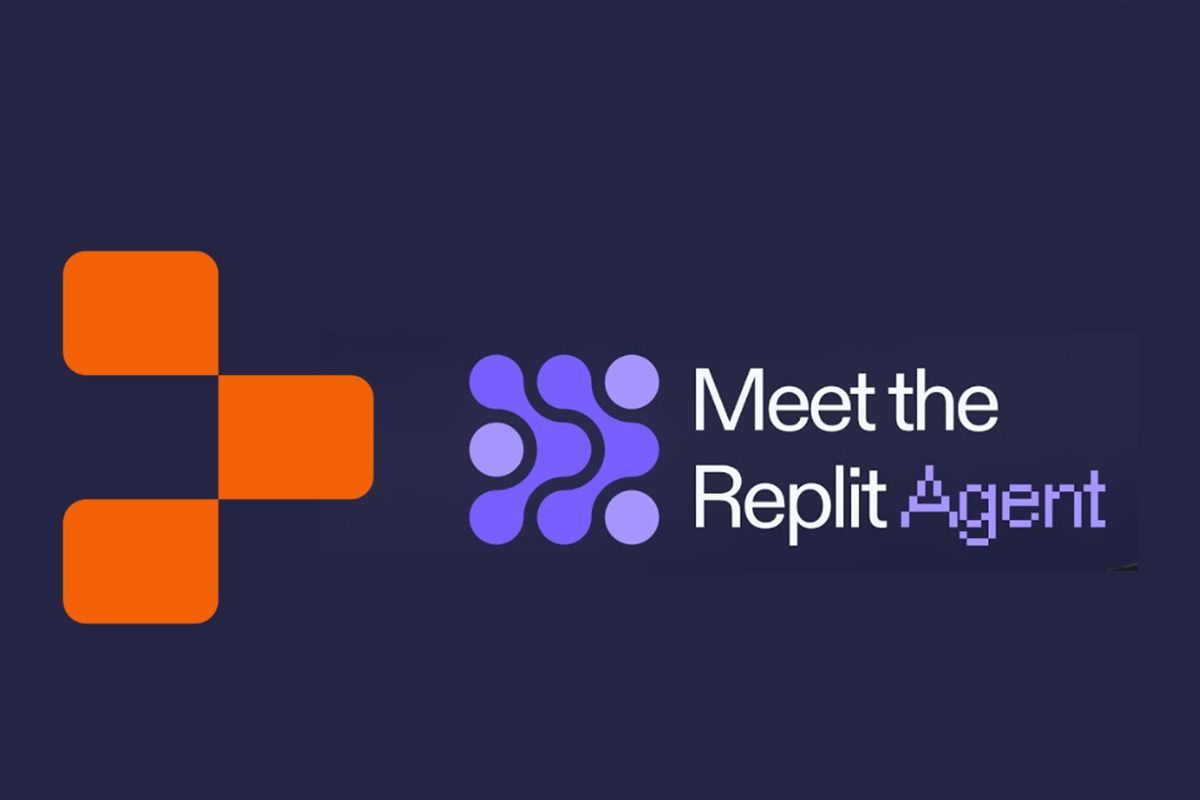
A tool within Replit for building applications via natural language, managing complex workflows.
-
What we liked:
- Enables building entire applications from natural language descriptions.
- Handles complex app creation workflows (databases, UI).
- Allows non-technical creators to focus on app functionality.
- Integrates multiple AI systems for comprehensive development.
-
What we didn’t like:
- Requires precise prompts, focusing on one task at a time.
Key Takeaways from Our Analysis
Synthesizing the feedback, several key themes emerged:
- Prompting is Key: Clear, specific prompts are crucial for good results.
- Testing is Non-Negotiable: AI-generated code must be rigorously tested and validated.
- Understanding Matters: While tools lower barriers, some code comprehension is vital for debugging and maintenance.
- Productivity vs. Technical Debt: Tools boost speed but risk accumulating technical debt if code isn't reviewed and refactored.
- Developer Experience Varies: Beginners find tools empowering, while experienced developers urge caution.
- Early Stages:Vibe coding is still evolving, requiring refinement.
Choosing the Right Vibe Coding Tool
Based on our findings, consider these factors:
- Your Technical Skill: Match the tool's interface and control level to your experience.
- Project Complexity: Simple prototypes vs. complex applications may require different tools.
- Need for Control: Decide how much understanding and manual oversight you require.
- Quality Requirements: Prioritize tools supporting testing and standards for critical projects.
- Workflow Integration: Choose tools compatible with your existing IDEs.
- Cost: Evaluate free tiers vs. subscription models.
- Community & Support: Consider the availability of documentation and help.
- Specific Use Case: Some tools excel in specific areas like web development.
Looking Forward
Vibe coding tools present an exciting shift, offering faster, more accessible development pathways. Tools like Cursor, Windsurf, Copilot, Lovable, Bolt.new, Cody, and Replit Agent showcase this potential. However, our analysis emphasizes a balanced approach: leveraging AI's power while integrating human oversight, critical evaluation, and thorough testing. As this technology matures, real-world user experiences will continue to shape its adoption.
- Quick Links
- Homepage
- Projects
- About Us
- What we do
- Careers
- Services
- Product Dev
- MarTech
- Data Analytics
- Our Products
- TrakNeo
- pURL
- Breathe India
- Arivu
- LIFI